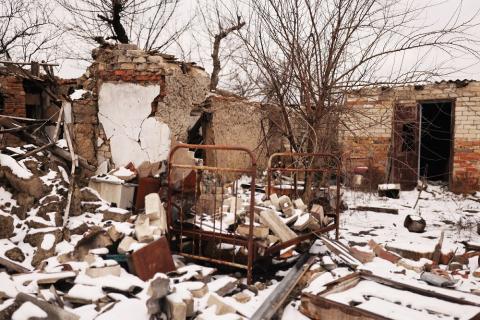
When Brent reached the dizzy heights of $86 per barrel in early October the name of the game for OPEC+ (an alliance between the 15 OPEC nations and 10 like-minded producers) was all about seeing how much more oil could be produced.
There was justified fear of how many barrels the Iran sanctions were taking out of the market, how much further Venezuelan production would slip and what was going to happen with the notoriously unreliable production in Libya and Nigeria. Demand growth was set to outpace supply growth.
Then markets turned on a dime and the past two months saw the oil price slide a good 30 percent. Last week was particularly brutal with the price retreating more that 6 percent on Tuesday as well as on Friday. The stock market sell-off was only part of the story. The key driver behind the eight week losing streak was fundamentals.
What a difference two months make: In hindsight — which always constitutes 20/20 vision — traders had overestimated the impact of the Iran sanctions.
The US gave waivers to the eight largest importers of Iranian crude. At the same time everybody was producing at record levels. KSA’s production is close to 11 million bpd and both Russia and the US produce well in excess of 11 million bpd. Both the International Energy Agency (IEA) and OPEC made upward revisions for non-OPEC supply forecasts.
As the IMF downgraded the growth forecast for China and India, which contribute the biggest share to demand growth, the agencies adjusted the demand forecasts slightly downward to 1.4 million bpd in 2018 and 1.3 million bpd in 2019 according to the IEA.
If the oil price goes too low, it is only a matter of time until the US shale producers approach the president and explain that there is a threshold which impacts their profitability.
Cornelia Meyer
In other words supply looks set to outstrip demand significantly — by as much as 1.3 million bpd during the first quarter of 2019, according to the oil consultancy Argus. No wonder then that stocks were building. (A cool 4.9 million barrels in the US last week alone.)
OPEC+ are envisaging production cuts. From a geopolitical perspective, they may have become less easy to carry out, since the US president has made a lower oil price one of his priorities — tweets included.
However, if the oil price goes too low, it is only a matter of time until the US shale producers approach the president and explain that there is a threshold which impacts their profitability.
The US oil industry has gained voice, ever since the US has become a major producer and an exporter of crude. The US has surpassed Russia and become the world’s largest oil producer with an estimated 16.5 million bpd for 2018.
The OPEC ministerial meeting in Vienna on Dec. 6 will prove whether OPEC+ can live up to its mission statement to balance the markets.
All eyes will be on the G-20 meeting beforehand, where the bosses are set to meet. Saudi Crown Prince Mohammed bin Salman, the Russian President Vladimir Putin, and President Donald Trump will all be gathering in Buenos Aires this coming weekend. They have a lot to discuss and oil will be high on their list of priorities. Some analysts have gone so far as to call the G-20 the “real” OPEC meeting.
Cornelia Meyer is a business consultant, macro-economist and energy expert. Twitter: @MeyerResources
Disclaimer: Views expressed by writers in this section are their own and do not necessarily reflect Arab News" point-of-view










